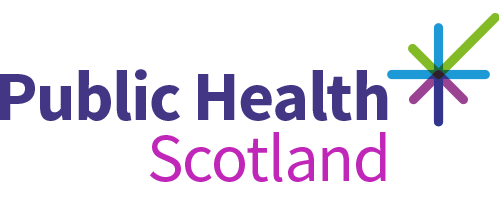Food and diet
Food and diet play a major role in health and wellbeing. The environments in which we live, play and work have a significant impact on our ability to choose a healthy diet. Our food environment plays an important role in shaping what people buy and eat, and it is influenced by what is available, affordable and accessible. Research suggests that our current food environments do not support healthy food choices. Inequalities in accessing a healthy diet contribute towards health inequalities.
You can find out more about our work on food and diet, including our healthyliving award for caterers and our Community Food and Health (Scotland) programme below.
- The cost of eating a healthy diet is greater than the cost of eating a less healthy diet.
- Eating a healthy diet can help reduce the risk of heart disease, certain cancers, obesity and type 2 diabetes.
- In 2019, 22% of adults and only 14% of children aged 2-15 consumed the recommended amount of five or more portions of fruit and vegetables per day.
- COVID-19 has had a significant effect on Scotland’s diet and food environment. While the pandemic brought an increase in some positive diet-related behaviours, including increased purchasing of fruit and vegetables, some unfavourable dietary behaviours such as increased snacking, and the purchase of discretionary foods and takeaways also increased.
- As a result of COVID-19, 34% of parents living in Scotland felt that their diet had become less healthy, while 17% felt that their child’s diet was now less healthy.
You can read more data on food and diet on the Scottish Public Health Observatory (ScotPHO) (external site).
Food and health inequalities
No matter where you live, you should have access to healthy, affordable and culturally acceptable food. We know that there are significant diet-related inequalities between people living in the least and most deprived groups in Scotland.
Food poverty is the inability to access enough of the right food through socially acceptable ways, or the uncertainty of being able to do so. This is also often referred to as food insecurity.
People on lower incomes and those from the most deprived groups may be unable to consume a healthier diet because of a lack of access to healthy, affordable, acceptable food and are therefore more likely to experience the adverse health outcomes associated with a poor diet.
When considering the impact of food prices relative to income, the lowest income groups spend a greater part of their income on food. They are also most affected by rises in price. Food poverty is a reality for many low income households in Scotland due to the rising cost of food and decreases in household income.
A human rights based approach to food, and specifically a rights-based approach to food poverty and insecurity, has the potential to influence household food security, reduce nutrition-related inequalities and improve health.
You can download our Food Poverty Position Statement for more information.
You can also read more about this and download our food poverty inequality briefing in our food poverty section.
National and local actions
The Scottish Government introduced a strategic approach to food and diet in 2014 with the publication of Recipe for Success: Scotland's national food and drink policy, becoming a Good Food Nation (external site). This policy sets out action to promote healthier and better-informed food and drink choices.
The Scottish Government and COSLA jointly published Public Health Priorities for Scotland (external site) in 2018. The priorities aim to focus action across the public and voluntary sectors and communities. They reflect a consensus for coordinated action in a number of areas including:
- diet
- healthy weight
- physical activity
The Scottish Government's Diet and Healthy Weight Delivery Plan (external site) also published in 2018, strengthened its commitment to reducing diet-related disease.
More recently, in 2021, the Scottish Government published an Out of Home Action Plan which outlines steps to develop a framework which will support industry and public bodies to provide healthier food and drink choices.
These strategies state that a range of actions are required to make improvements to diet in Scotland, including changes to where we live. They include:
- decreasing access and availability of unhealthy options
- increasing access, availability and affordability of healthy options
- a whole-systems approach to improving diet and supporting people to have a healthy weight
The Scottish Public Health Nutrition Group (SPHNG) (external site) is also working to improve the nutritional well-being of the Scottish population and reduce inequalities in nutrition-related health. They are doing this by advancing and transforming public health nutrition policy and practice.
Healthyliving award
Our healthyliving award (HLA) is a national award for caterers who make it easier for their customers to eat more healthily.
Please note, due to COVID-19, the HLA is currently on hold. We're not currently accepting new registrations and cannot provide face-to-face support at this time. You can continue to keep up to date by visiting the HLA website.
Community Food and Health (Scotland)
The core aim of Community Food and Health (Scotland) (CFHS) is to support work in low income communities that addresses the health inequalities and barriers to healthy and affordable food. They include:
- availability
- affordability
- skills and culture
You can visit the CFHS site to find out more about the training, events and resources available. You can also sign up for the newsletter (Fare Choice) and e-bulletin.
The Scottish Grocers' Federation Healthy Living Programme (external site) is an initiative which supports convenience food vendors in Scotland to increase the range and availability of healthy products, especially in low income communities.
Find out more
You can contact us to find out more about our work and how you can get involved.
